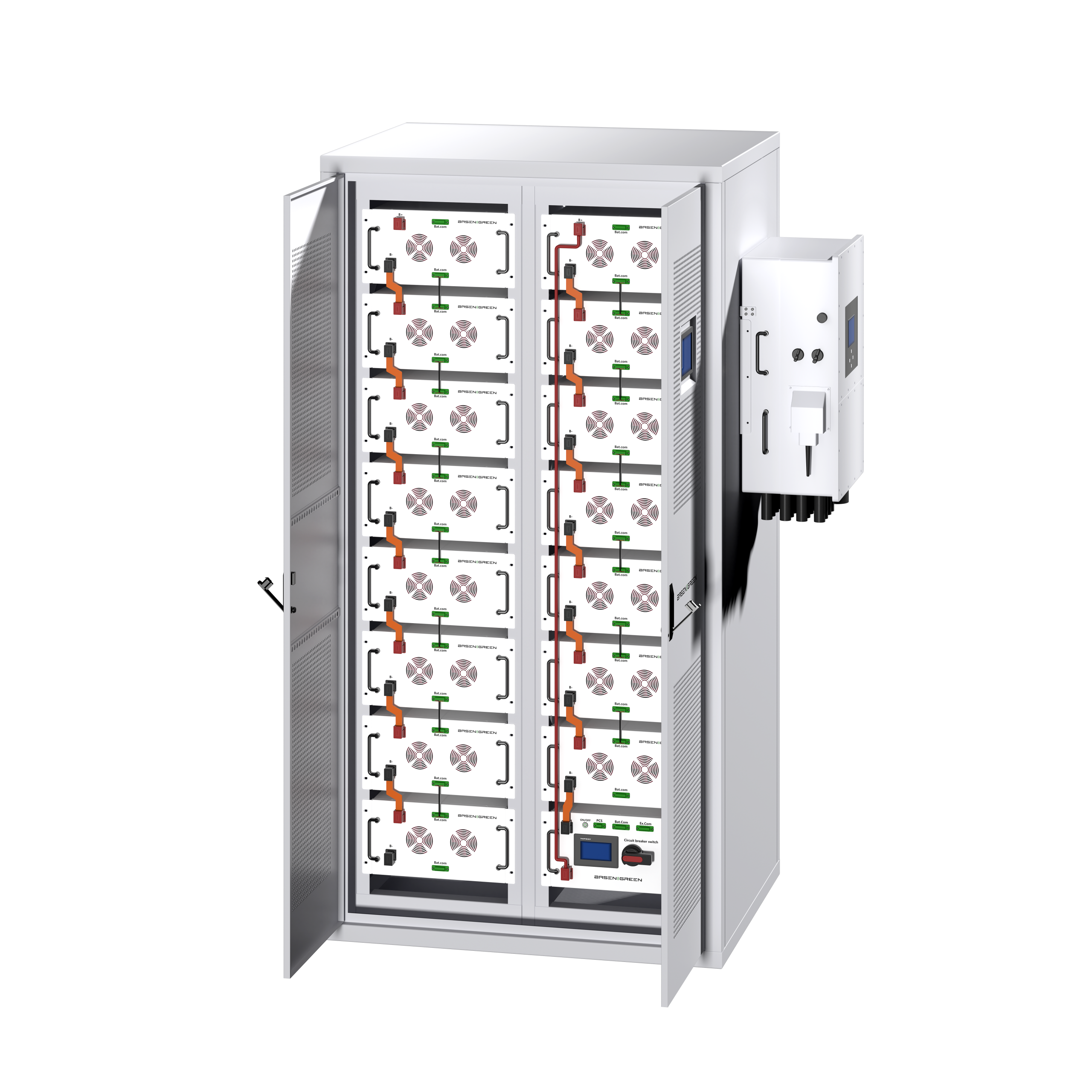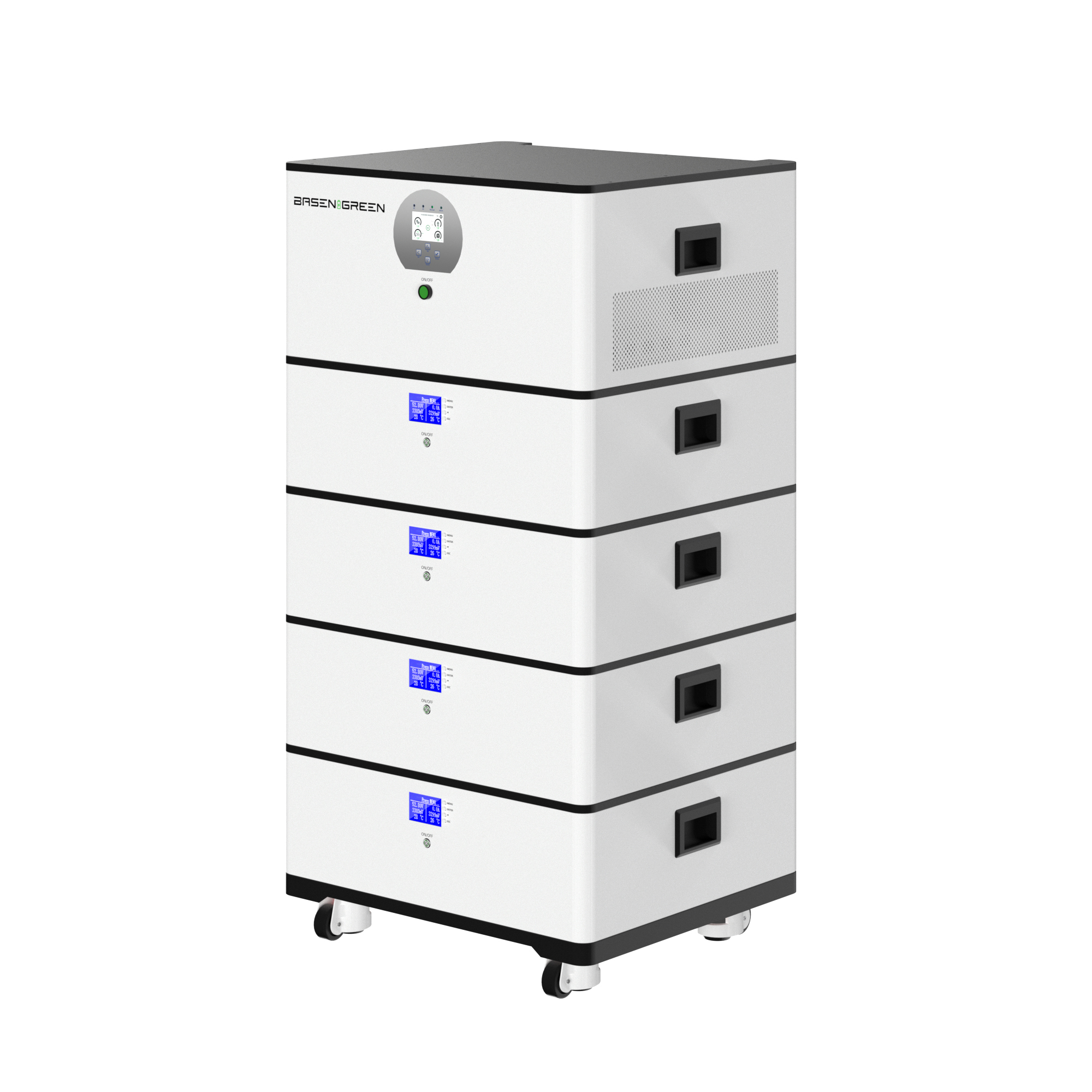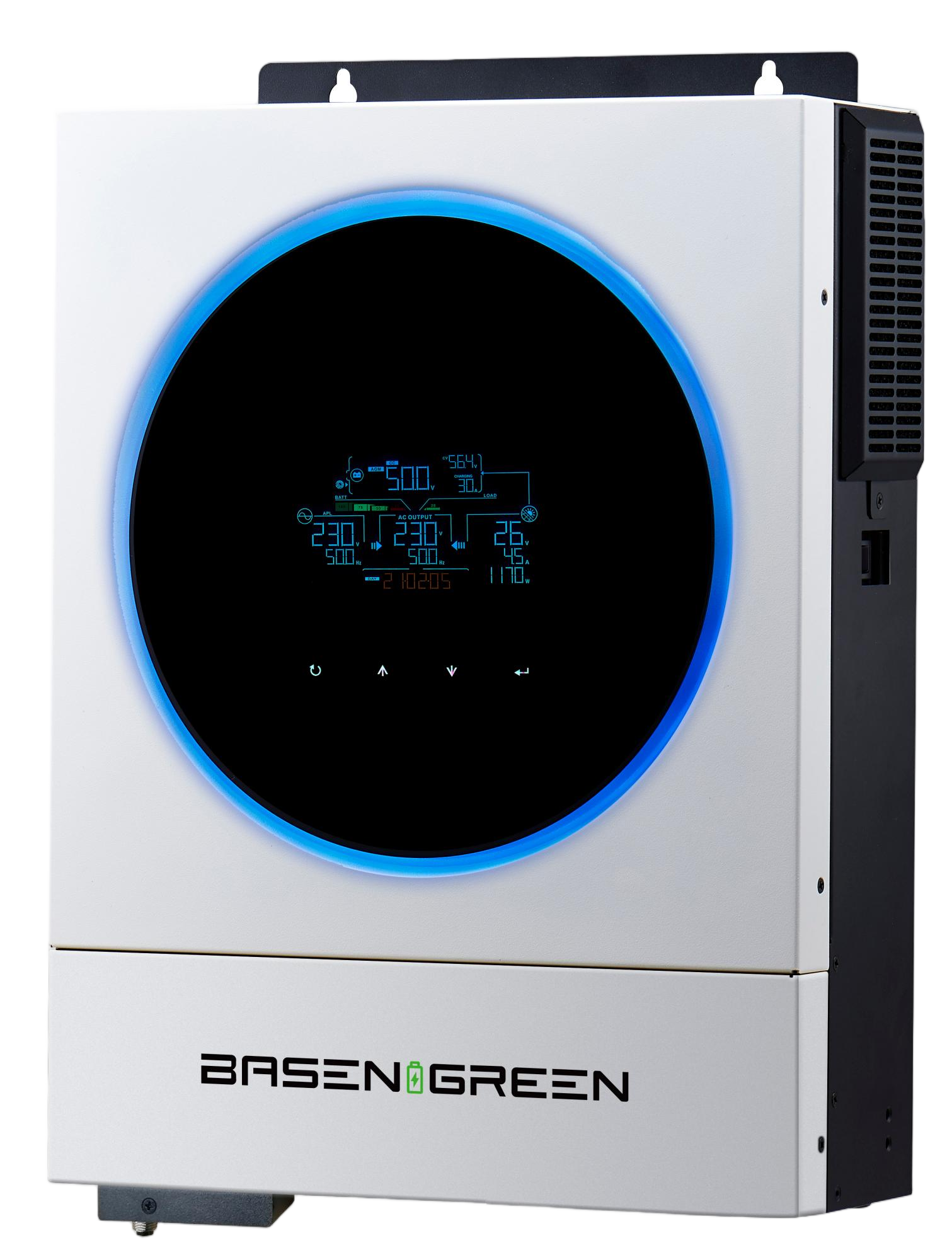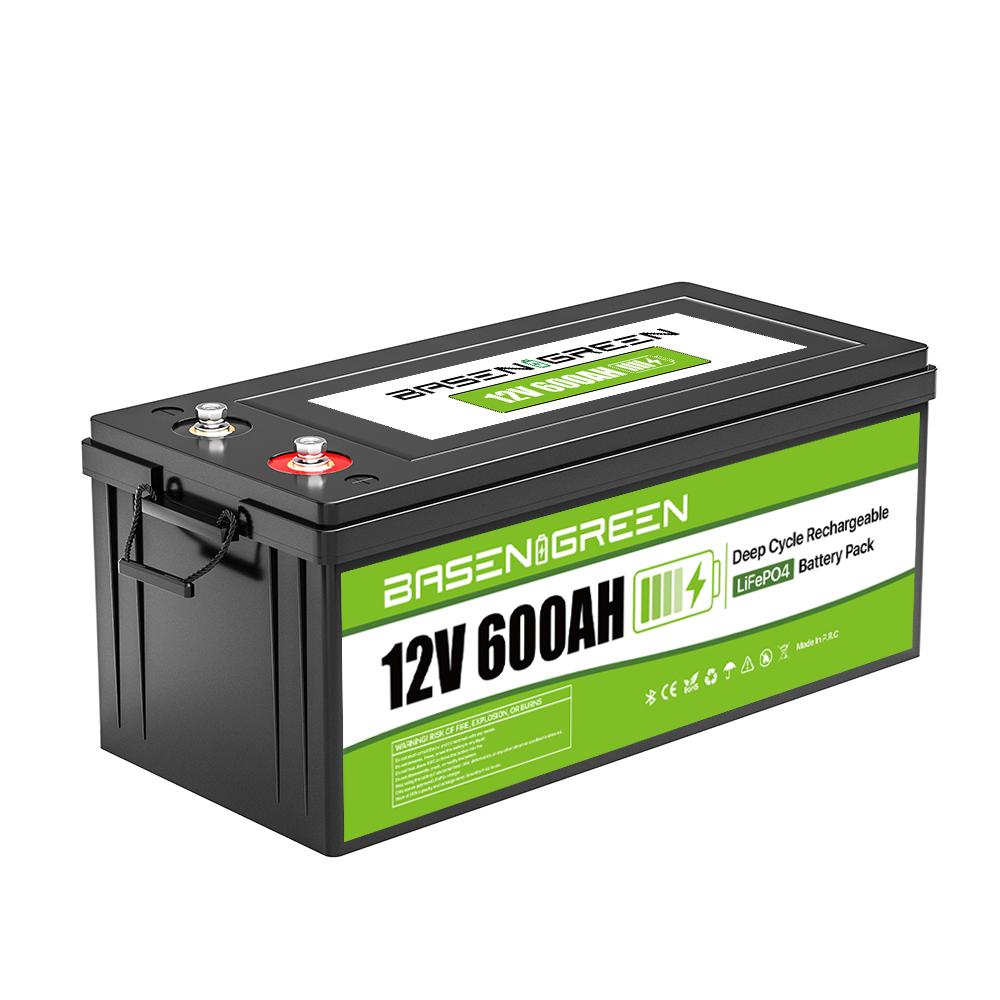Step-by-step Guide: Setting Up Off-Grid Mode on Deye 8kW Hybrid Inverter
Inverter technology has become a cornerstone in modern renewable energy systems, enabling efficient conversion of solar energy into usable electricity for homes and businesses. The Deye 8kW hybrid inverter is a popular choice for those looking to harness solar power effectively. One of its standout features is the ability to operate in off-grid mode, which is essential for ensuring power supply during grid outages or in remote locations. This guide will walk you through the process of setting up off-grid mode on your Deye 8kW hybrid inverter, ensuring you can rely on your solar system even when the grid is down.
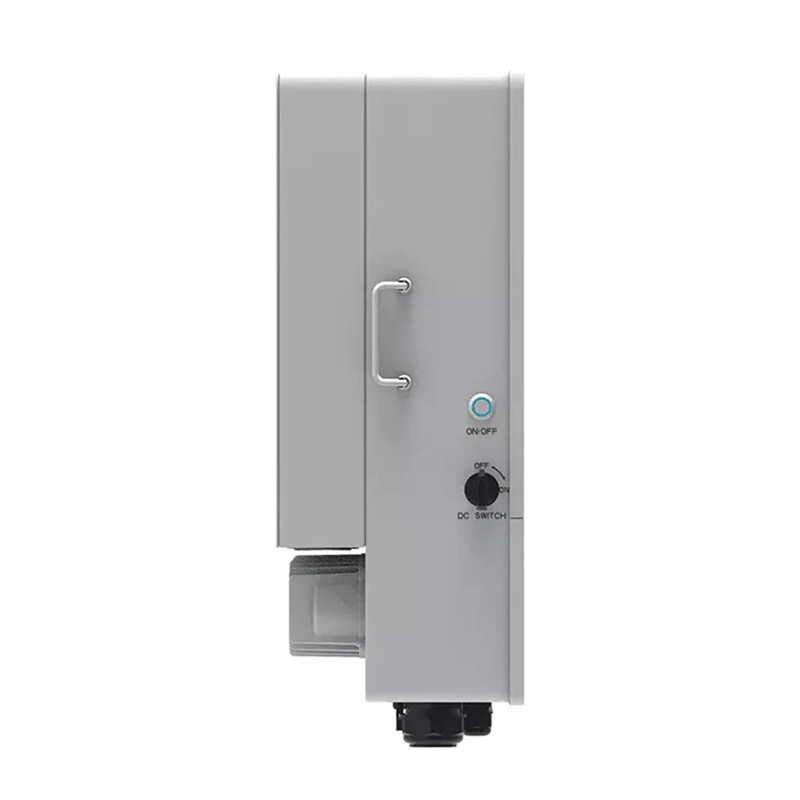
Understanding Off-Grid Mode
Off-grid mode allows your inverter to function independently of the utility grid, drawing power directly from your solar panels or battery storage system. This mode is particularly useful in areas with unreliable grid connections or during power outages. The Deye 8kW hybrid inverter is designed to seamlessly switch to off-grid operation, providing a stable power supply to essential appliances and devices.
Preparation
Before setting up off-grid mode, ensure you have the necessary tools and materials on hand:
Tools: Screwdrivers, pliers, and a multimeter (for voltage and frequency checks). Documentation: Refer to the Deye 8kW hybrid inverter manual for specific settings and specifications. Safety Gear: Gloves and safety glasses to protect yourself during installation.Step-by-Step Setup
1. Hardware InstallationConnect the Inverter to Solar Panels: Ensure your solar panels are properly installed and connected to the inverter’s solar input terminals. Follow the manufacturer’s wiring diagram to connect the positive (PV+) and negative (PV–) terminals.
Connect the Load: Wire your essential appliances to the inverter’s load terminals. Make sure to follow the correct polarity (positive to positive, negative to negative).
Battery Connection: If you’re using battery storage, connect your batteries to the inverter’s battery terminals. Ensure the batteries are fully charged before proceeding.
Grid Connection: If your system includes a grid connection, connect the inverter to the utility grid as per the local electrical codes and regulations.
2. Software ConfigurationAccess the Inverter’s Web Interface: Most modern inverters, including the Deye 8kW, come with a web-based interface for configuration. Connect your computer or smartphone to the inverter’s Wi-Fi network.
Login to the Web Interface: Open a web browser and navigate to the inverter’s IP address (usually 192.168.1.1). Log in using the default username and password provided in the manual.
Navigate to Off-Grid Settings: Once logged in, locate the “Off-Grid Mode” or “System Settings” menu. This is typically found under the “Advanced Settings” or “Configuration” tab.
Configure Off-Grid Parameters: Set the inverter to off-grid mode. Adjust the following parameters as needed:
Voltage and Frequency: Set the desired output voltage and frequency. The Deye 8kW inverter typically operates at 220V/50Hz or 120V/60Hz, depending on your region.
Low Voltage Ride-Through (LVRT): Configure the LVRT settings to ensure the inverter continues to supply power during voltage sags.
Overvoltage and Undervoltage Protection: Set thresholds for overvoltage and undervoltage protection to safeguard your appliances and the inverter.
Save Changes: After configuring the settings, save your changes and exit the web interface.
3. Testing the SystemPower Up the Inverter: Switch on the inverter and monitor its operation. Check the display or the web interface to ensure it is running in off-grid mode.
Check Output: Use a multimeter to measure the output voltage and frequency. Ensure they match the settings you configured earlier.
Test Appliances: Plug in essential appliances and test them to ensure they are functioning properly. If you encounter any issues, revisit the configuration settings or consult the manual.
Additional Tips and Considerations
Regular Maintenance: Periodically check the inverter’s operation and perform routine maintenance, such as cleaning the vents and ensuring all connections are secure.
Battery Management: If you’re using batteries, monitor their charge level and replace them as needed. Proper battery maintenance is crucial for the longevity of your system.
Safety First: Always follow safety protocols when working with electrical systems. If you’re unsure about any step, consult a professional technician.
Software Updates: Keep your inverter’s firmware up to date. Manufacturers often release updates to improve performance and fix bugs.
Setting up off-grid mode on your Deye 8kW hybrid inverter is a straightforward process that can provide peace of mind during power outages or in remote locations. By following the steps outlined in this guide, you can ensure your solar energy system operates efficiently and reliably in both grid-connected and off-grid modes. Remember to regularly maintain your system and stay informed about the latest updates and best practices in solar energy technology. With the right setup and maintenance, your Deye 8kW hybrid inverter will serve as a reliable source of power for years to come.


